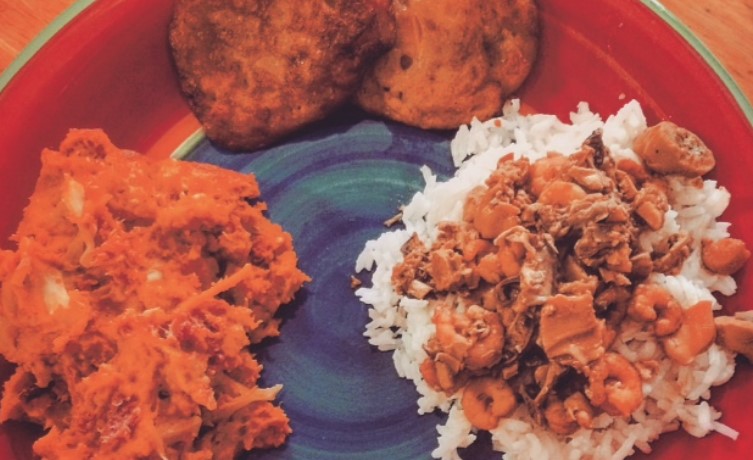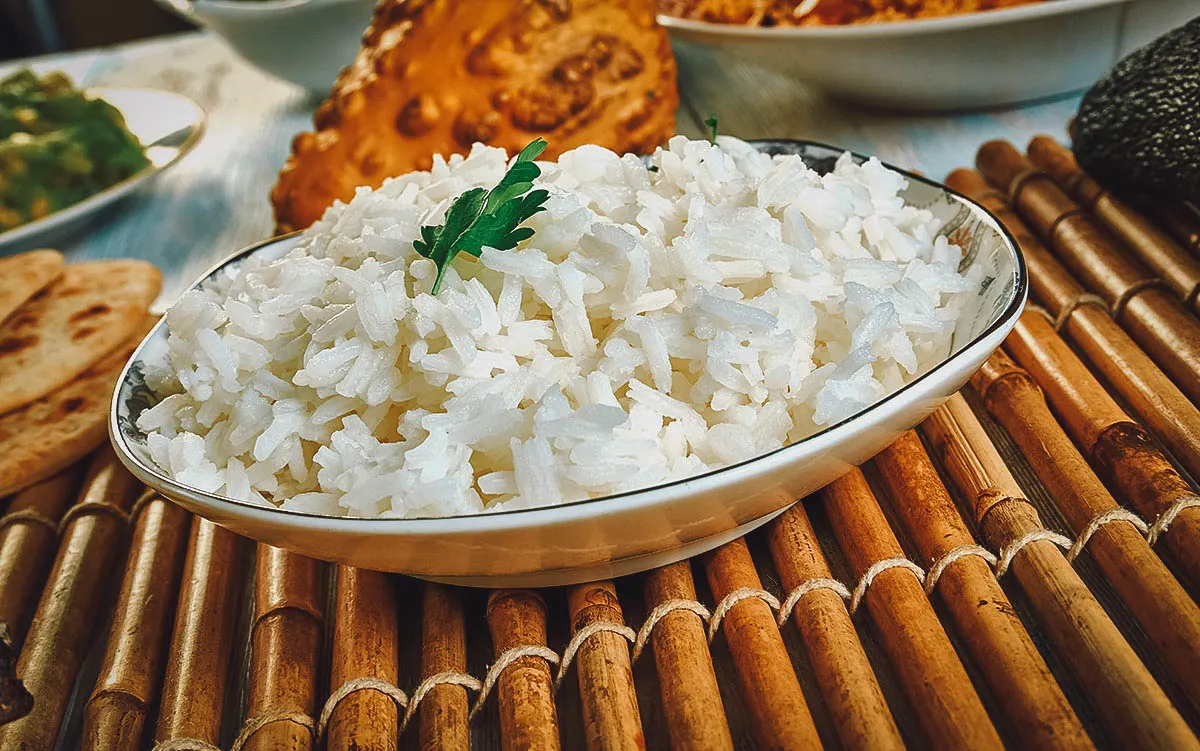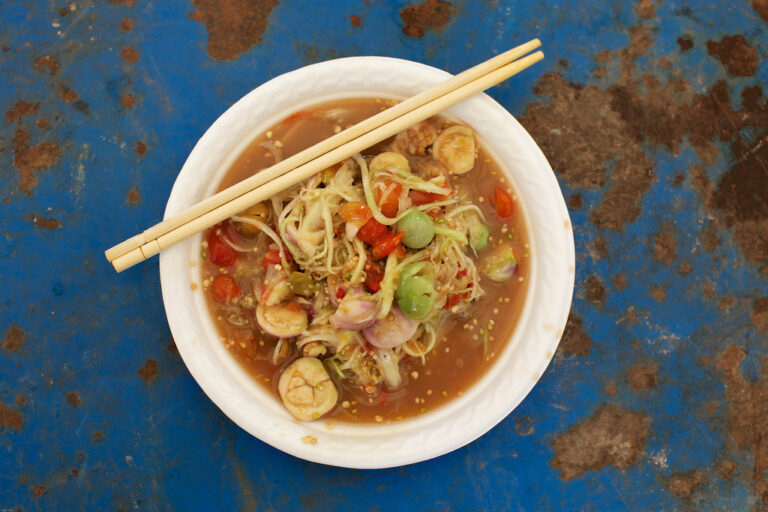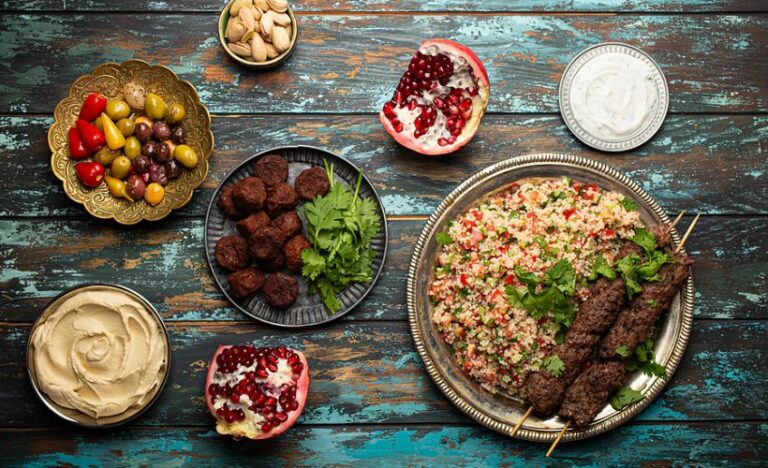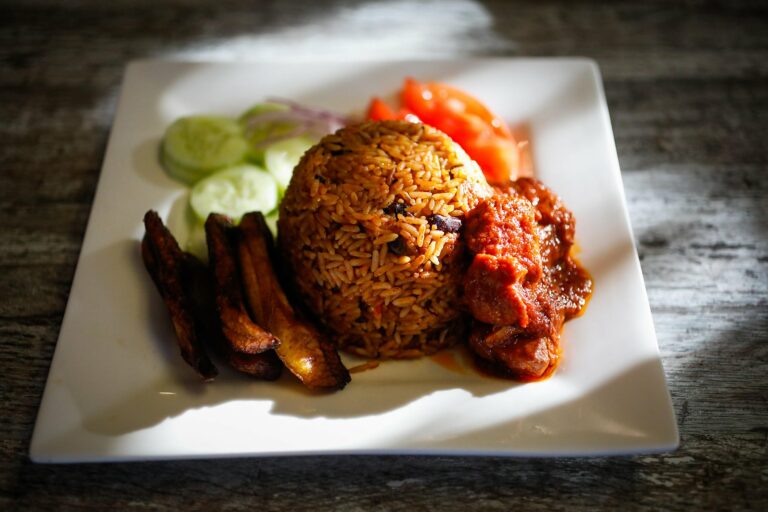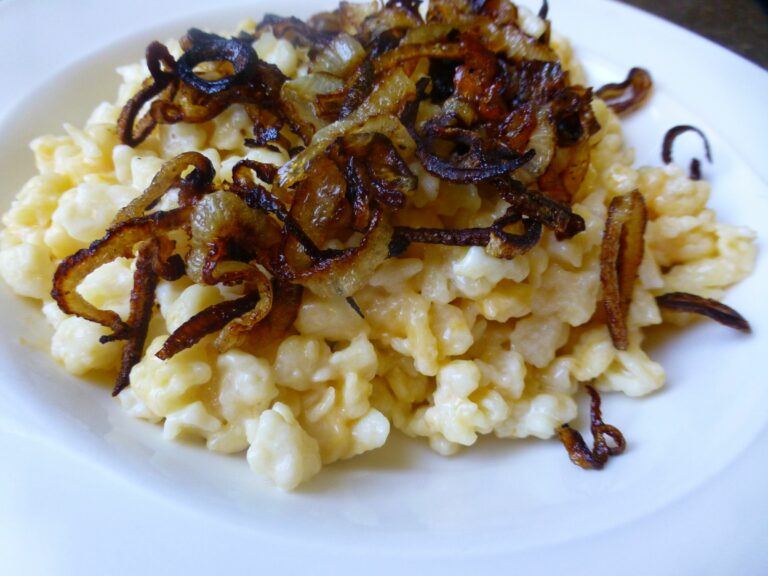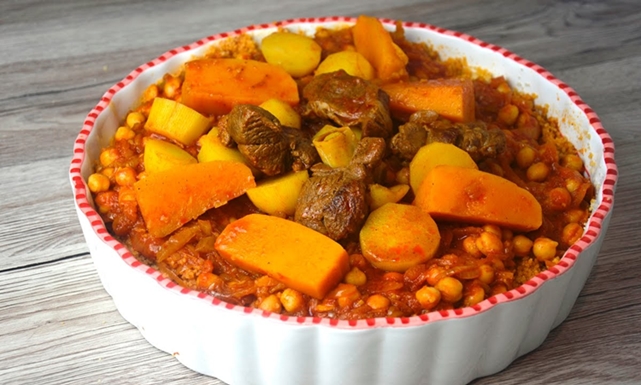Introduction: Kiribati’s culinary culture
Kiribati, a group of islands located in the Pacific Ocean, has a rich culinary culture that has been shaped by its geography and history. The cuisine of Kiribati is primarily based on seafood, coconut, and root vegetables. These are the main ingredients that are used in traditional dishes like Te Bua, a soup made with coconut milk and seafood, and Te Kai Kai, a dish made with taro, coconut cream, and fish. The cuisine of Kiribati also reflects the cultural influence of its neighboring countries like Fiji, Samoa, and Tuvalu.
Traditional ingredients and dishes
The traditional ingredients used in Kiribati cuisine are rooted in the island’s environment. Coconut is one of the most important ingredients in Kiribati cuisine and is used in a variety of dishes, from coconut cream based soups to desserts. Seafood like fish, crab, and octopus are also commonly used in Kiribati cuisine. Taro, which is a root vegetable, is another essential ingredient in Kiribati cuisine. It is often used in stews, soups, and side dishes.
Some of the popular traditional dishes in Kiribati include Ika Mata, which is a raw fish salad, and Palusami, which is taro leaves cooked in coconut cream and served with fish or meat. Other traditional dishes include Rukau, which is a dish made with taro leaves and coconut cream, and Kapa, which is a pudding made from grated cassava, coconut milk, and sugar.
Influence of Western cuisine
The influence of Western cuisine on Kiribati cuisine is visible in some of the newer dishes that have emerged in recent times. Fast food chains like KFC and Pizza Hut have become increasingly popular in Kiribati, especially among the younger generation. As a result, there has been a shift towards more processed and packaged foods in Kiribati.
Dietary restrictions in Kiribati
Kiribati cuisine does not have any specific dietary restrictions. However, it should be noted that pork is not commonly consumed in Kiribati because of religious beliefs. The majority of the population in Kiribati is Christian, and pork is considered unclean in the Bible. As a result, beef, chicken, and fish are the main sources of protein in Kiribati cuisine.
Importance of seafood in the diet
The people of Kiribati rely heavily on seafood for their daily diet. The abundance of fish, crabs, and octopus in the surrounding waters makes it a staple in the Kiribati diet. Fish is often cooked with coconut milk, and crab and octopus are used in soups and stews. The traditional method of fishing in Kiribati involves using hand-made traps and nets, which ensures that the fish population is not depleted.
Conclusion: Balancing tradition and modernity in Kiribati cuisine
The cuisine of Kiribati is a reflection of the country’s geography, history, and cultural influences. The traditional dishes of Kiribati are based on simple ingredients like seafood, coconut, and root vegetables. However, with the influence of Western cuisine, there has been a shift towards more processed and packaged foods. It is important to strike a balance between tradition and modernity in Kiribati cuisine to ensure that the country’s culinary heritage is preserved for future generations.

